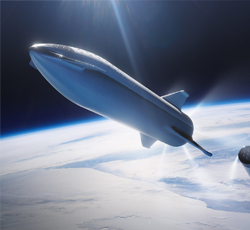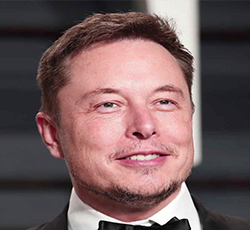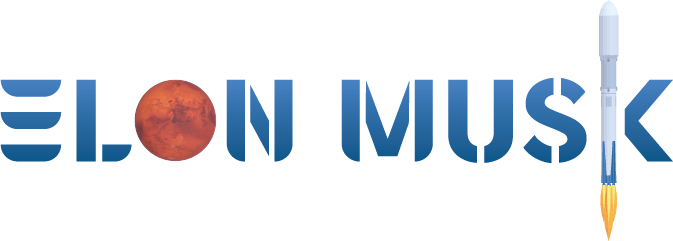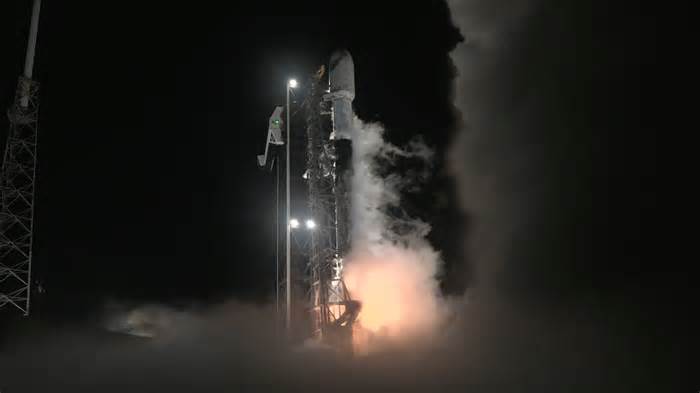
Tesla's robotaxi rollout hit by videos alleging erratic behavior
- by Insurance Business America
- Jun 24, 2025
- 0 Comments
- 0 Likes Flag 0 Of 5
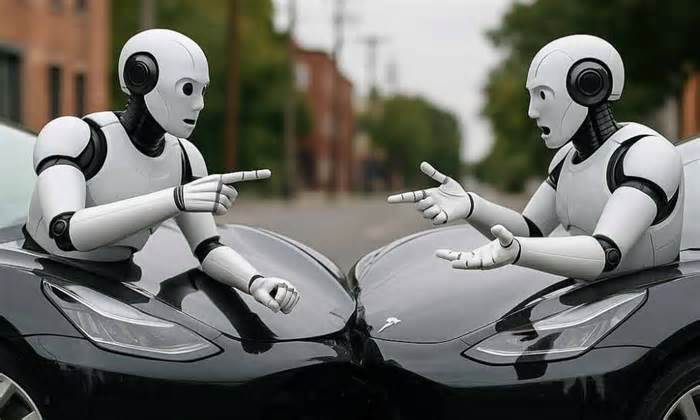
Share
Tesla’s quiet entry into the robotaxi arena over the weekend has triggered renewed scrutiny of autonomous vehicle safety and further complicated the calculus for insurers grappling with the evolving nature of liability in a driverless future.
Operating a fleet of less than two dozen Model Y vehicles outfitted with its “Full Self-Driving” (FSD) Unsupervised system, Tesla initiated a pilot ride-hailing program in Austin on Sunday. The service, available exclusively to a hand-picked group of Tesla advocates and shareholders, runs under constrained conditions: daylight hours, fair weather, and a human safety operator stationed in the passenger seat.
But just 24 hours into the launch, videos surfaced online depicting troubling vehicle behaviors, including erratic braking and lane violations. One clip, widely circulated on social media, appeared to show a Tesla robotaxi proceeding the wrong way down a one-way street — prompting the US National Highway Traffic Safety Administration (NHTSA) to contact Tesla for further information.
A spokesperson for the agency confirmed the engagement, stating that while NHTSA does not certify new technologies preemptively, it “monitors incidents suggesting potential safety defects” and may intervene to protect public safety. Tesla has not responded to requests for comment.
The Austin pilot marks a milestone in CEO Elon Musk’s long-promised vision of a fully autonomous future, yet it arrives with far more modest trappings than previously imagined. Over the past decade, Musk has predicted everything from cross-country autonomous drives to a million robotaxis generating passive income for Tesla owners. None of these projections have come to pass.
Instead, Tesla finds itself playing catch-up to rivals like Alphabet’s Waymo, which last month reported surpassing 10 million commercial rides. Chinese tech giants, including Baidu’s Apollo Go and WeRide, are scaling similar programs in major Asian cities and beyond, with ambitions stretching into the Middle East and Europe.
Tesla, by contrast, remains committed to its distinctive approach: an AI-driven, camera-only system without LiDAR or radar. While the company claims this reduces hardware costs and mirrors how humans navigate the road, critics argue it may be ill-suited for complex traffic environments or inclement weather. The FSD system has already been subject to federal probes and a sweeping software recall.
For the insurance industry, Tesla’s rollout is more than a technological curiosity; it is a harbinger of structural disruption. The risk profile for autonomous vehicles differs fundamentally from traditional auto policies, where premiums are built around individual driver behavior and actuarial history.
This transition is likely to be uneven. While Goldman Sachs has forecast a 50% drop in per-mile auto insurance premiums by 2040, analysts expect short-term volatility. Repair costs for high-tech vehicles remain elevated, and questions of legal liability-particularly in crashes involving semi- or fully-autonomous systems-remain unresolved.
That’s compounded by a fractured regulatory landscape. With no cohesive federal framework for autonomous vehicle operation, states have adopted a patchwork of laws, some of which permit limited trials with minimal oversight.
In the wake of General Motors’ decision to suspend its Cruise program and Apple’s withdrawal from the AV race, Tesla’s cautious deployment stands in contrast to earlier bravado. The company has yet to release its anticipated Cybercab vehicle, and it remains unclear when-or whether-the service will expand beyond the current test parameters.
Still, industry watchers say the stakes are high. The global market for autonomous ride-hailing could top $480 billion by 2035, according to a recent estimate by Volkswagen. As competition intensifies, the race is on not just to deploy robotaxis-but to earn trust from regulators, insurers, and the public.
For now, Tesla’s bold vision continues to face a tangle of regulatory inquiries and reputational risks. For underwriters, brokers, and claims professionals, the implications are equally complex: a future where risk is measured not by what’s behind the wheel, but by the invisible logic that steers it.
Related Stories
Please first to comment
Related Post
Stay Connected
Tweets by elonmuskTo get the latest tweets please make sure you are logged in on X on this browser.






 Energy
Energy